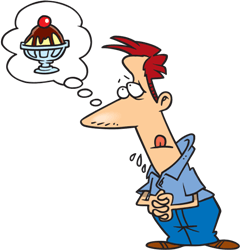REPEATED COMPARATIVES
Todos ellos se utilizan para describir acciones y cosas que están aumentando o disminuyendo. Para encontrar más información al respecto,
puede revisar el sitio web:http://speakspeak.com/grammar-articles/better-and-better-more-and-more-repeating-comparative-
adjectives-to-show-change.
Examples:
She is getting closer and closer of her mother.
By the end of the twentieth century, couples were waiting longer and longer to marry.
We can use this structure with long adjectives or adverbs ; for example, more and more difficult, more and more slowly.
It’s becoming more and more difficult.
He is going more and more slowly.
Fewer and fewer children are leaving school.
He needs less and less money everyday.
DOUBLE COMPARATIVES

las comparaciones dobles describen un proceso de causa y efecto. Además, se escriben como una oración con una coma que separa la causa y el efecto. La estructura para usarlos es la siguiente:
[the + comparative form] + (subject) + (verb), [the + comparative form] + (subject) + (verb)]
Examples:
The more education women get, the later they marry.
The less children studied, the more slowly they learneed.




